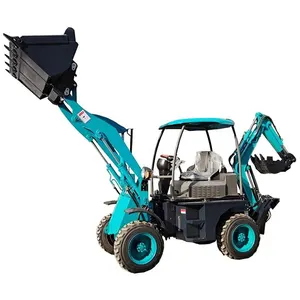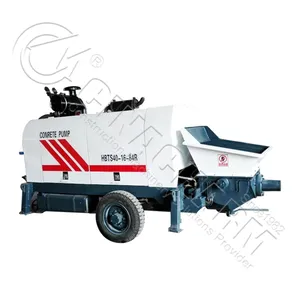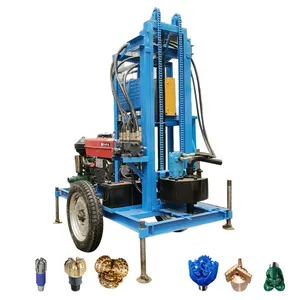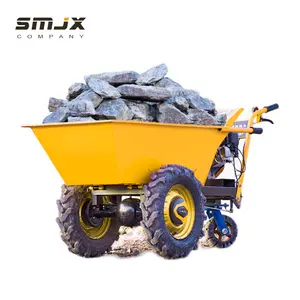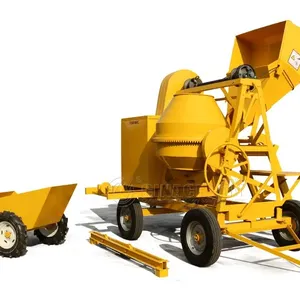Popular in your industry










































Related Searches:




































































































































Top categories
About excavator rubber pads
Introduction to Excavator Rubber Pads
Excavator rubber pads are essential components used on excavators to protect surfaces from damage, reduce noise, and improve traction. These pads are designed to be durable, long-lasting, and resistant to wear and tear. Excavator rubber pads come in various sizes and configurations to fit different types of excavators, offering versatility and efficiency in various applications.
Types of Excavator Rubber Pads
There are several types of excavator rubber pads available in the market, including bolt-on rubber track pads, clip-on rubber pads, and roadliner pads. Bolt-on rubber track pads are easy to install and replace, providing a secure fit for enhanced performance. Clip-on rubber pads offer a quick attachment method, ideal for temporary or occasional use. Roadliner pads are known for their superior grip and stability, making them suitable for challenging terrains.
Technical Details of Excavator Rubber Pads
Excavator rubber pads are typically made from high-quality rubber compounds that offer excellent strength and flexibility. The design of these pads includes a patterned surface for enhanced traction and grip, ensuring optimal performance in various working conditions. The dimensions of excavator rubber pads vary based on the excavator's size and weight capacity, with options ranging from smaller pads for mini excavators to larger pads for heavy-duty machines.
Advantages of Using Excavator Rubber Pads
The use of excavator rubber pads provides several advantages, including reduced ground pressure, minimized noise levels, improved surface protection, and extended track life. These pads help enhance the overall efficiency and productivity of excavators by offering better stability and traction, especially in sensitive or fragile environments. Additionally, excavator rubber pads contribute to cost savings by reducing maintenance and repair costs associated with track damage.
Choosing the Right Excavator Rubber Pads
When selecting excavator rubber pads, it is essential to consider factors such as the excavator model, track width, operating conditions, and specific application requirements. Ensure that the rubber pads you choose are compatible with your excavator's tracks and offer the necessary durability and performance capabilities for your projects. Consulting with a knowledgeable supplier can help you make an informed decision and select the most suitable excavator rubber pads for your needs.
Applications and Use Scenarios
Excavator rubber pads are commonly used in construction, landscaping, agriculture, forestry, and other industries where excavators are employed. These pads are particularly beneficial when working on sensitive surfaces such as pavement, sidewalks, or turf, where minimizing damage and ground disturbance is crucial. Excavator rubber pads enable operators to maneuver their machines with precision and confidence, ensuring efficient and safe operations in various environments.
Maintenance of Excavator Rubber Pads
To prolong the lifespan and performance of excavator rubber pads, regular maintenance is essential. Inspect the pads frequently for signs of wear, damage, or loose fittings, and replace any worn-out or damaged pads promptly. Keep the rubber pads clean from debris, mud, or abrasive materials that could cause premature wear. Proper care and maintenance of excavator rubber pads will not only ensure optimal performance but also extend the longevity of your excavator's tracks.
Conclusion
In conclusion, excavator rubber pads play a vital role in enhancing the functionality, efficiency, and longevity of excavators in various industries. By choosing the right type of excavator rubber pads and maintaining them properly, businesses can optimize their operations, reduce costs, and minimize environmental impact. These durable and versatile components are essential for maximizing the performance of excavators while ensuring surface protection and operational safety.

